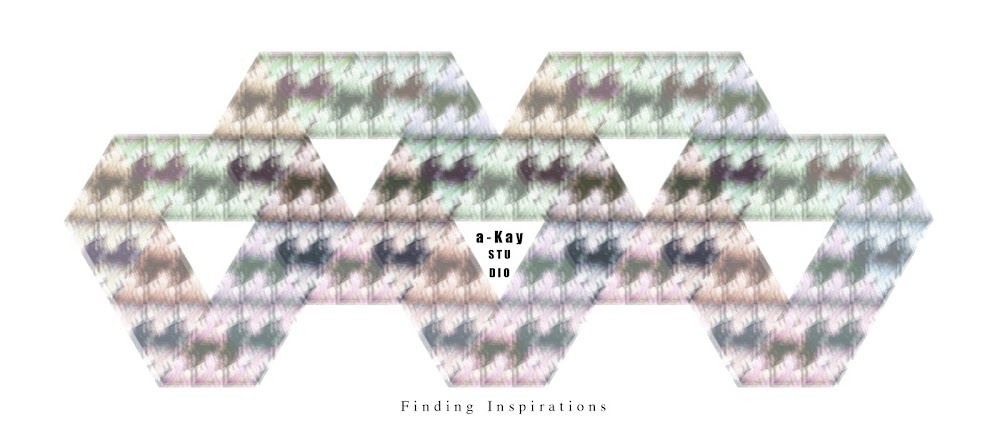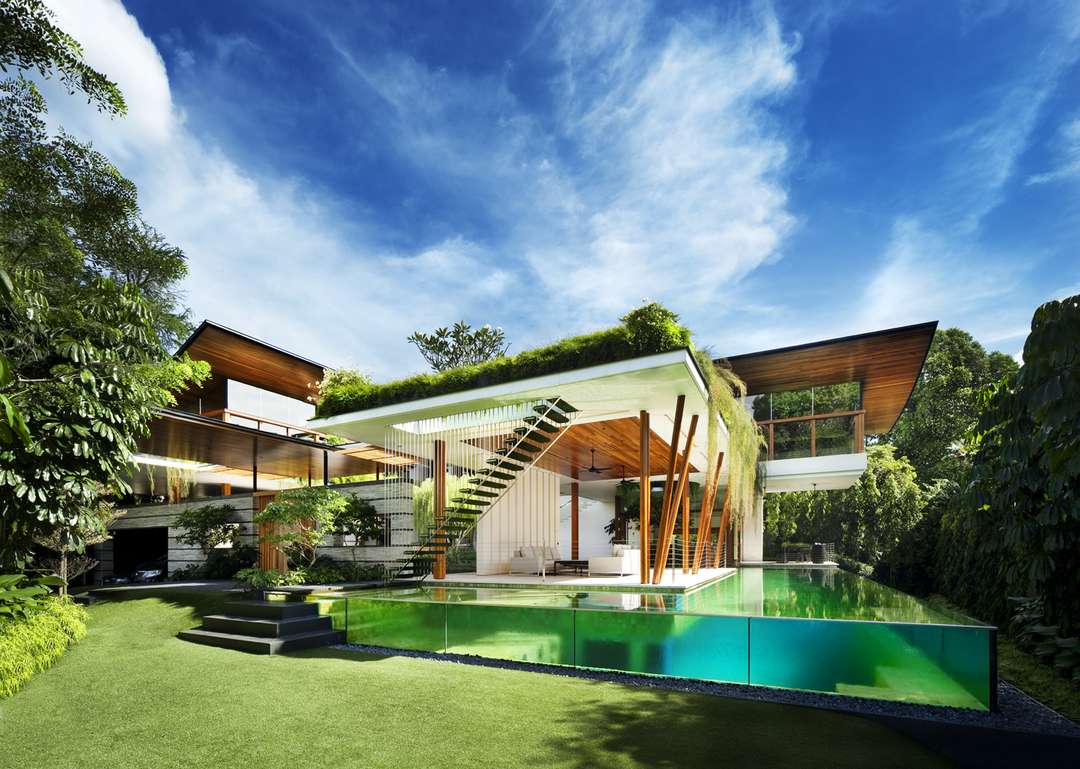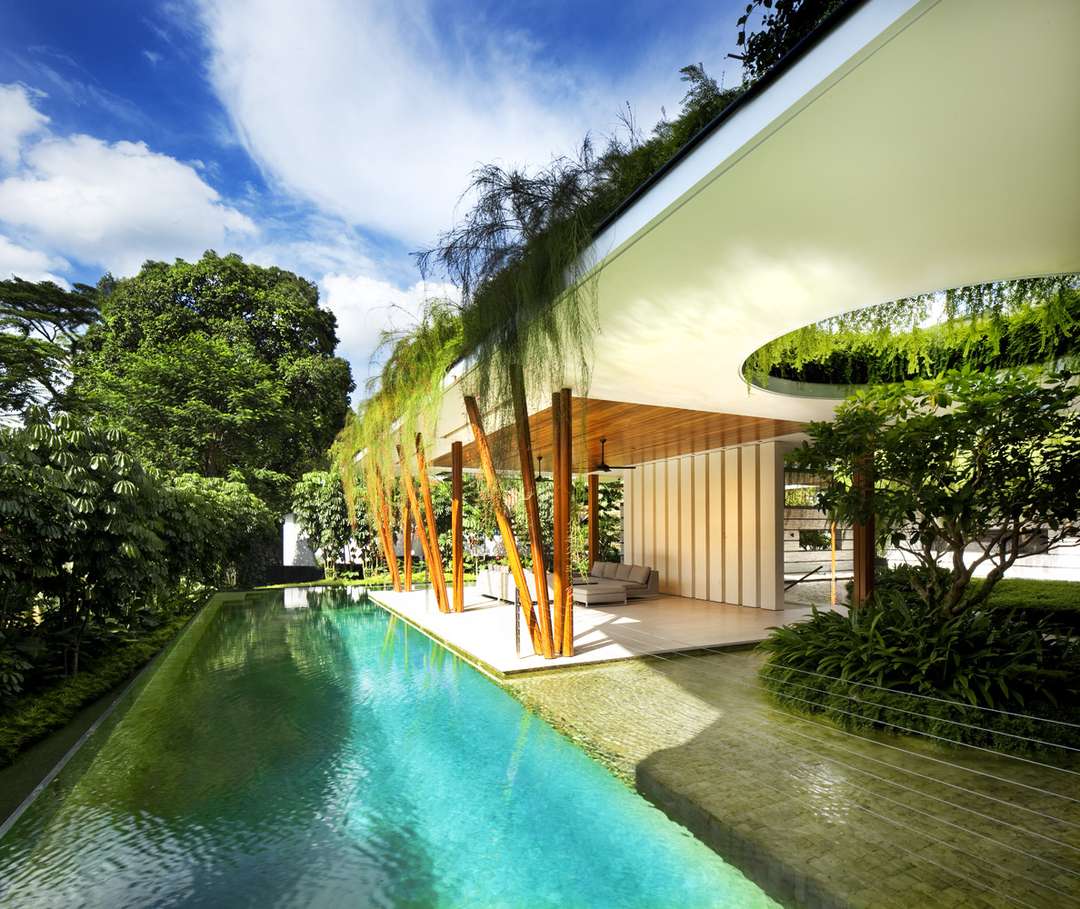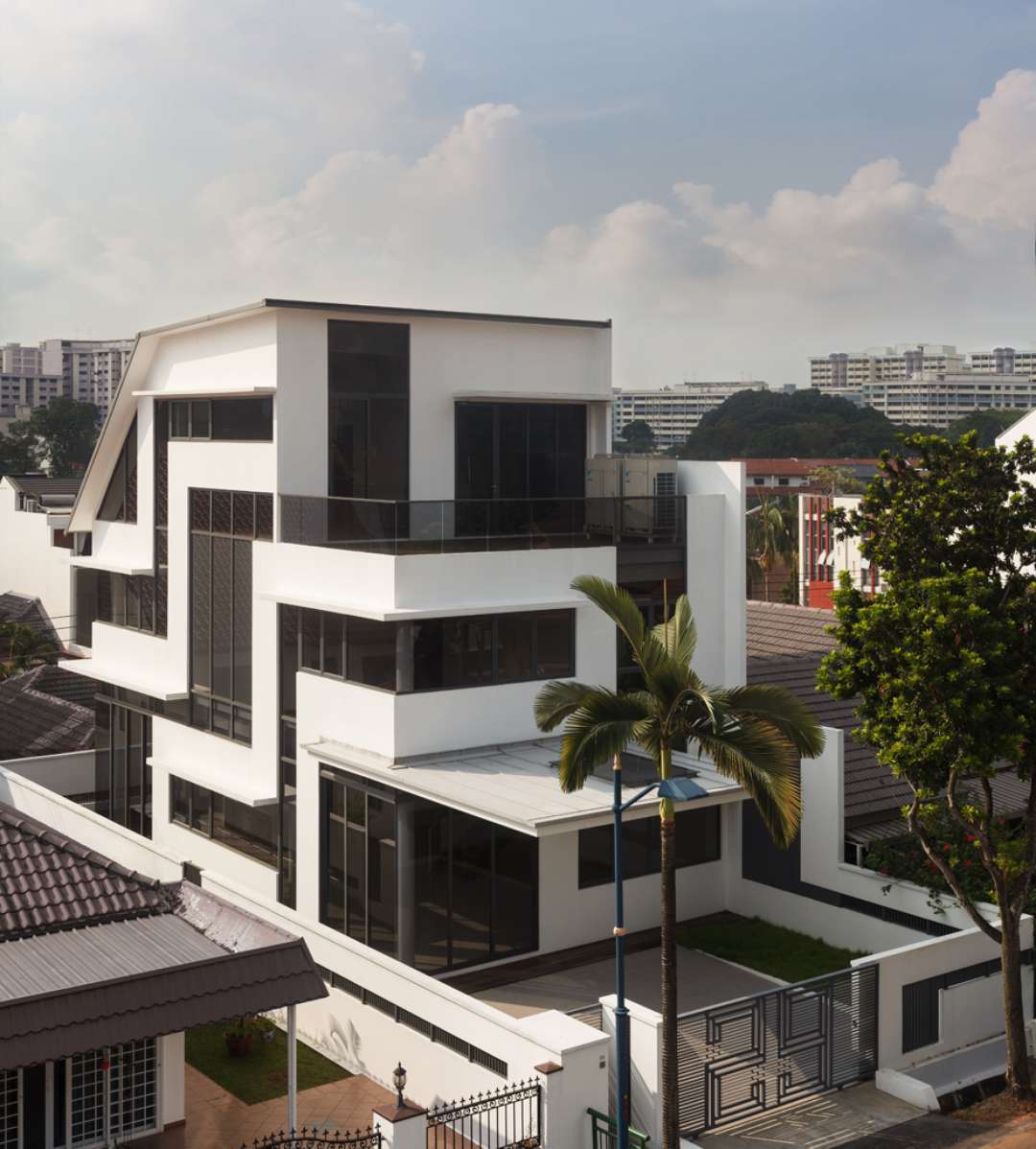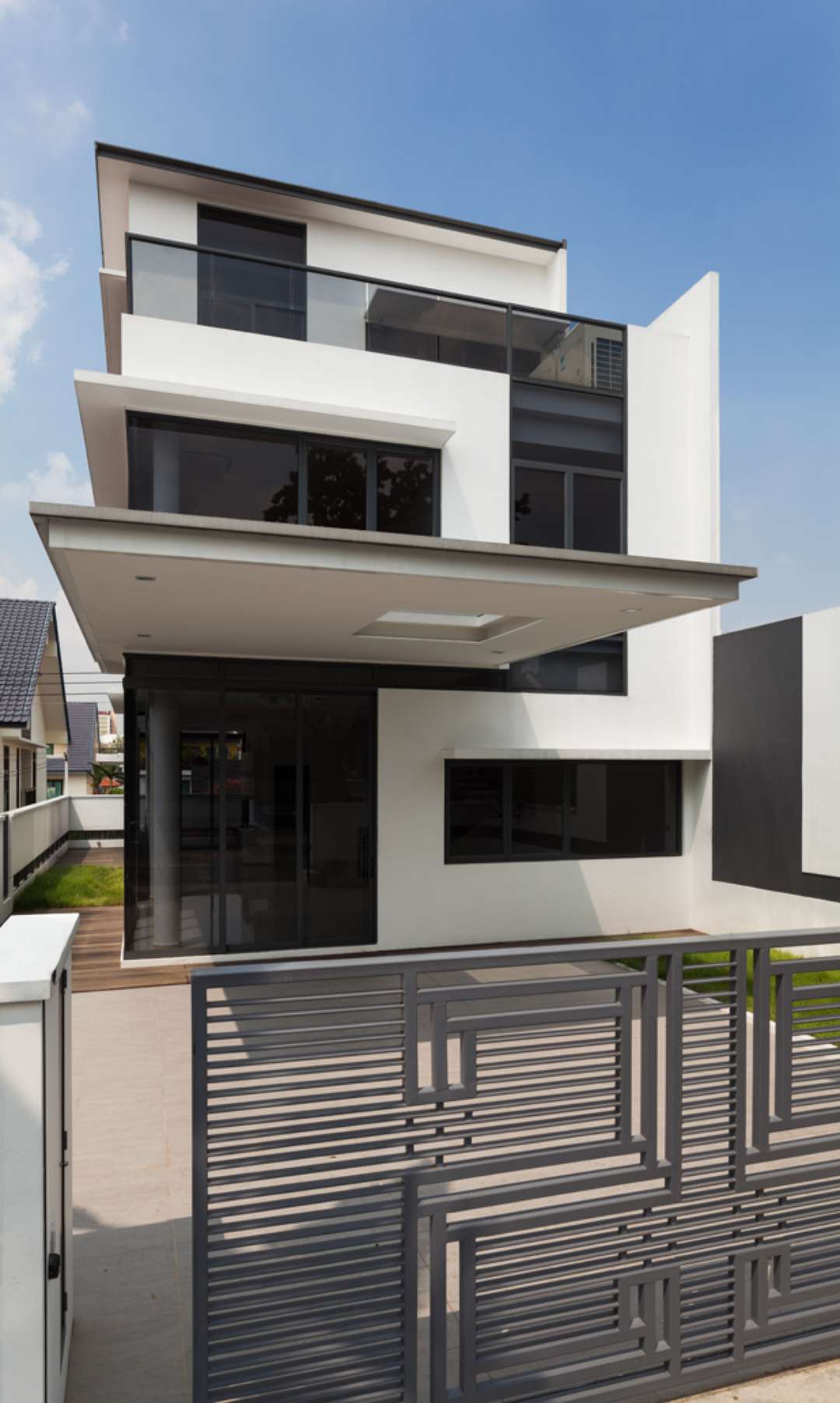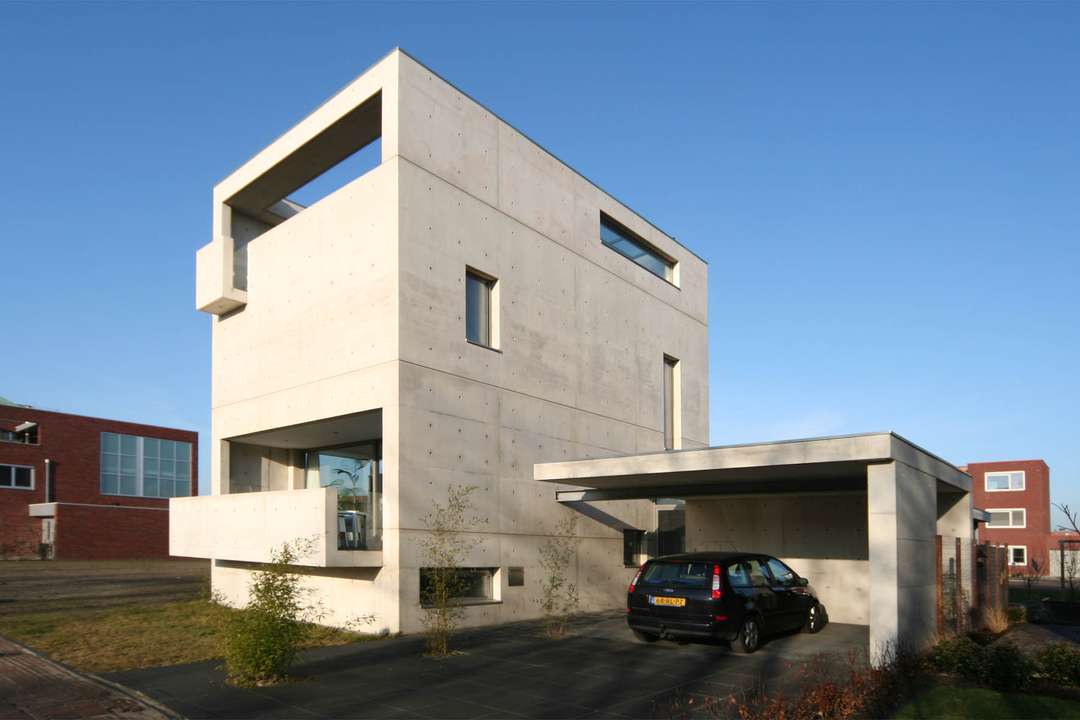By Lena Dystant
Two minutes (and nine seconds) of animation takes us through the major design principles of Le Corbusier. Spanning The Five points of Modern Architecture, Le Modulor and his most iconic projects including La Villa Savoye and Les Cités Radieuses, filmmaker Alix Bossard gives a taste of this legendary architect’s extraordinary contribution to modern design.
Credit : www.selectism.com/2013/08/01/the-design-principles-of-le-corbusier-in-two-minutes
5 Contemporary Buildings
That Embody Le Corbusier's Five Points
Sept/2014
Formulated in 1926, Le Corbusier’s Five Points of a New Architecture spearheaded the modernist architectural movement of the 20th century.
As a prolific pioneer of the style, Le Corbusier famously allocated five essential points that dictated a new approach to the design of domestic architecture. The freedom afforded by the development of this new design vocabulary allowed for increased access to vast amounts of light, air, and space while creating uninterrupted openings in building facades and liberating the interior from the post and beam reinforced concrete structures within. Le Corbusier’s Five Points for a New Architecture are as follows.
1) Pilotis: Showing the influences of the order and regulation of classical architecture, Le Corbusier called for the substitution of supporting walls by a grid of reinforced concrete load-bearing columns, called pilotis, offering increased open space.
2) Free Design of the Ground Plan: By removing the constraints of internal supporting walls, the functioning of the interior is left open and unrestrained in its usage. The natural flow of space was a key characteristic of modern architecture, which assumed that the best design does not divide space entirely.
3) Free Design of the Facade: The separation of the exterior of the building from its structural function allows for the freeing up of the facade as a consequence of concrete frame construction. Since the walls were then divested of their constructional role, their design became free as well.
4) Horizontal Windows: The inclusion of ribbon windows that extend across the facade of the dwelling horizontally allow all rooms to be lit equally and provide a selective view of the surrounding environment.
5) Roof Garden: As a means of bringing nature into the home, Le Corbusier utilized the flat roof for a domestic garden. The creation of a vegetal rooftop also allowed for increased views over the site.
A reflection of the critical principles set forth in Le Corbusier’s manifesto for the Five Points of a New Architecture can be seen in the works below. While the culmination of these ideals is best exemplified by the architect’s own Villa Savoye, each of these designs offers a critical reflection and realization of the vocabulary for modern architecture conceived by Le Corbusier.
The integrated single-family residence and studio-gallery space of House D, designed by PAUHOF Architeckten, rests on a steep slope within the mountainous landscape of Austria. The horizontal band of windows that looks out onto the open rocky landscape offers a streamlined band of sunlight indicative of Le Corbusier’s modernist ideals. Strategically choreographed views afforded by the open layout and free facade capture the unique topography of the surrounding natural environment.
In this modern one-story beach house by Apollo Architects and Associates, horizontal ribbon windows provide selective views of the sea, while the free design of the facade creates an unencumbered external aesthetic that melds harmoniously with the simplicity of the surrounding atmosphere. The long north-south plan of the building was designed to hide the ocean from the entrance, thus preserving the water view. The design of Slash House echoes the principles of Le Corbusier in its ability to effectively frame the view, bringing the outside inside.
Willow House takes advantage of its hilltop location through the incorporation of an open building plan that allows for maximized light, air, and space. In a reflection of The Five Points of a New Architecture, the home features the structural pillared support of pilotis, raising the building off the ground and freeing up the space below. A flat roof brings nature into the home, with a rooftop garden that offsets the constrictions of the densely populated urban environment of Singapore.
With the ambition to survey the current catalog of glass technology and its applications, the design of this modern residence features an expansive collection of different types of the material’s applications. Horizontal bands of ribbon fenestrations weave around the facade of the building in maze-like patterns, introducing unique apertures of various aspect ratios for different views of the exterior.
With minimum visual and spatial separation, the interior of this home reflects the language of free flowing open space articulated by Le Corbusier. The design of House Meijer seeks to improve the residents’ quality of life, as its unrestrictive ground plan optimizes the experiences of light and space.
All Images via Architizer
credit: http://architizer.com/blog/5-buildings-that-embody-le-corbusiers-five-points/
